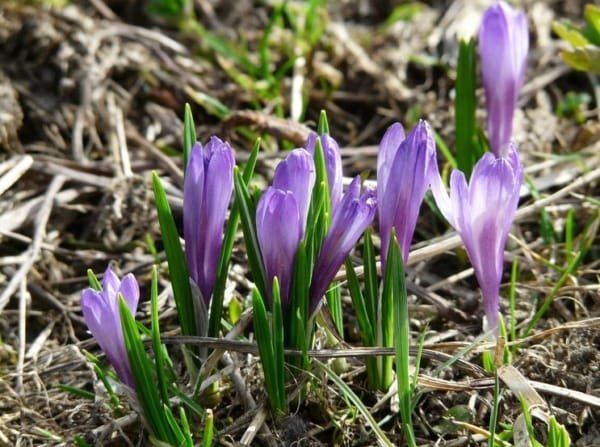 Growing Saffron at Home: Why Greenhouse Cultivation Is Gaining Popularity
Growing Saffron at Home: Why Greenhouse Cultivation Is Gaining Popularity
Saffron cultivation has become increasingly popular in recent years, especially in areas where soil and climate conditions are not ideal for its traditional growth. However, growing saffron in a greenhouse offers an excellent solution for these conditions. In this article, we will explore the steps for growing saffron at home in a greenhouse, its advantages and disadvantages, and how it differs from traditional soil cultivation.
The Growing Popularity of Greenhouse Saffron Cultivation
Many believe that growing saffron in a greenhouse is easier than in soil, though it requires a higher initial investment. On the other hand, traditional methods of growing saffron are not feasible in every climate, and saffron, like wild saffron, does not thrive everywhere. For instance, farmers in southern Iran or tropical countries like Qatar cannot grow saffron in open fields. Moreover, greenhouse cultivation is also ideal in regions facing water scarcity, as it requires significantly less water compared to traditional methods.
How to Grow Saffron in a Greenhouse at Home
When it comes to growing saffron at home in a greenhouse, several factors need to be considered, including light, temperature, and humidity. Below is a simple guide on how to start growing saffron in a greenhouse:
1. Setting Up a Greenhouse for Saffron Cultivation
The first step in growing saffron in a greenhouse is to set up an environment where temperature and humidity can be controlled. This means you’ll need a greenhouse or room that maintains an optimal atmosphere for saffron growth. Essentially, you’ll need cooling systems, heating systems, humidity control systems, wooden shelves, and sensors to monitor the temperature and humidity.
2. Choosing the Right Saffron Bulbs for Greenhouse Cultivation
Next, you need to choose high-quality saffron bulbs. It is recommended to select bulbs with a moisture content of 40 to 55 percent and ensure they are fresh rather than stored for too long. Typically, saffron bulbs weigh between 8 and 15 grams, and larger bulbs produce more flowers. For a 150-square-meter greenhouse, you would need about 6 tons of saffron bulbs.
3. The Ideal Time for Planting Saffron Bulbs
The timing of planting saffron bulbs is crucial. Thus, saffron bulbs should be planted in late summer, typically by the end of September, after the greenhouse has been disinfected. Ideally, the temperature should be controlled between 23-25°C, and the humidity should range from 75% to 85%. Importantly, avoid watering the bulbs during the transfer process—let them absorb moisture from the environment instead.
4. Irrigation for Greenhouse Saffron
The best time for initial watering is late October or early November. In particular, proper watering plays a key role in the timing and quality of saffron flowering. Subsequently, after harvesting, a second round of planting can take place in late November or early December, followed by a third irrigation round in February.
5. Harvesting Saffron from the Greenhouse
Saffron flowering starts around late November to early December, and this period lasts for about 15-20 days. Therefore, it’s important to pick the flowers daily to avoid any wastage of the precious stigmas.
Advantages of Growing Saffron in a Greenhouse
Greenhouse saffron cultivation has several advantages, especially in countries facing water shortages. Here are some key benefits:
- Space efficiency: Saffron can be grown in a small space, maximizing the area.
- Year-round cultivation: Greenhouse conditions allow for saffron growth throughout the year.
- Ease of harvest: With controlled environments, the harvesting process becomes easier.
- Control over light and humidity: Farmers can adjust these variables to ensure optimal growth.
- Hygienic production: Saffron is produced in a clean environment, away from pollution and pests.
- Higher-quality saffron: By controlling sunlight exposure, saffron of higher quality can be produced.
Disadvantages of Greenhouse Saffron Cultivation
Despite its advantages, greenhouse saffron cultivation also has some drawbacks:
- Requires more time and labor, which increases the cost of the final product.
- Higher initial setup costs for the greenhouse.
- Larger saffron bulbs are needed compared to field cultivation.
- Higher labor costs for transferring saffron bulbs to the greenhouse each year.
- Additional costs for returning the saffron bulbs after flowering, as this is an annual process.
Differences Between Greenhouse and Traditional Saffron Cultivation
Greenhouse saffron cultivation has several key differences compared to traditional soil cultivation:
- Environment Control: Greenhouse saffron is grown in a controlled environment, whereas traditional cultivation lacks control over climate and pests.
- Temperature and Light Control: In greenhouses, temperature and light can be adjusted, but traditional cultivation depends on geographical factors.
- Seasonal Cultivation: Greenhouse saffron can be grown year-round, while traditional saffron is only harvested in the fall.
- Yield and Quality: Greenhouse cultivation yields higher-quality saffron due to better environmental control.
- Protection from Contaminants: Greenhouse saffron is shielded from diseases and pests, unlike traditional methods.
- Resource Usage: Traditional cultivation depends on natural resources, while greenhouses require additional resources like artificial lighting and energy.
- Cost: Greenhouse saffron cultivation is more expensive due to initial investments and ongoing maintenance costs.
Final Thoughts on Growing Saffron in Greenhouses
If you’re looking for a way to generate income from your greenhouse, cultivating saffron might be a great idea. However, due to the significant costs involved in setting up and maintaining a greenhouse, it’s essential to assess the overall expenses before making a decision. Feel free to share your questions or experiences with saffron cultivation in the comments section below.


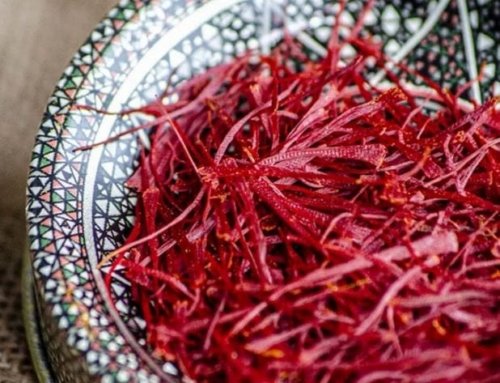
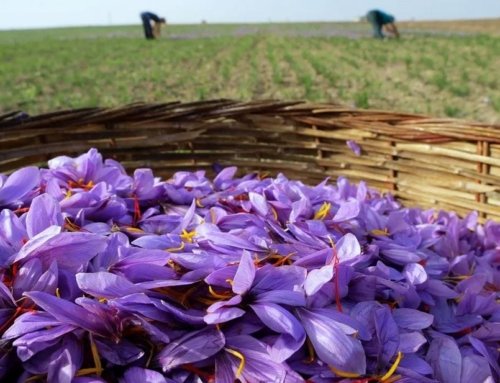
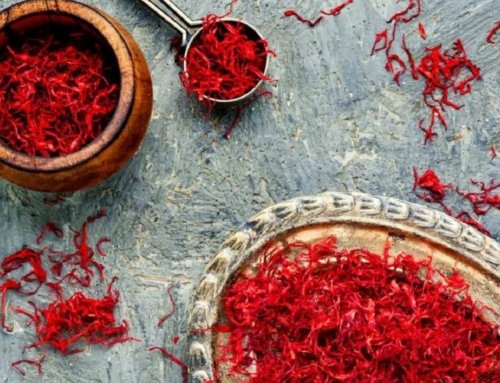
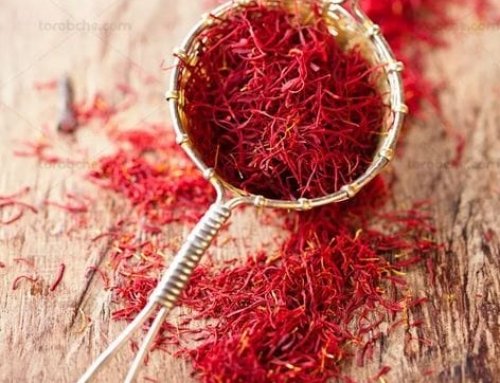
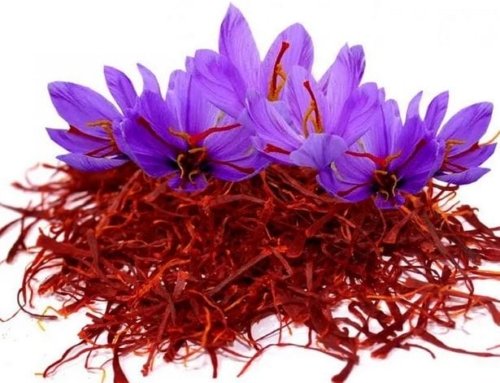
Get Social